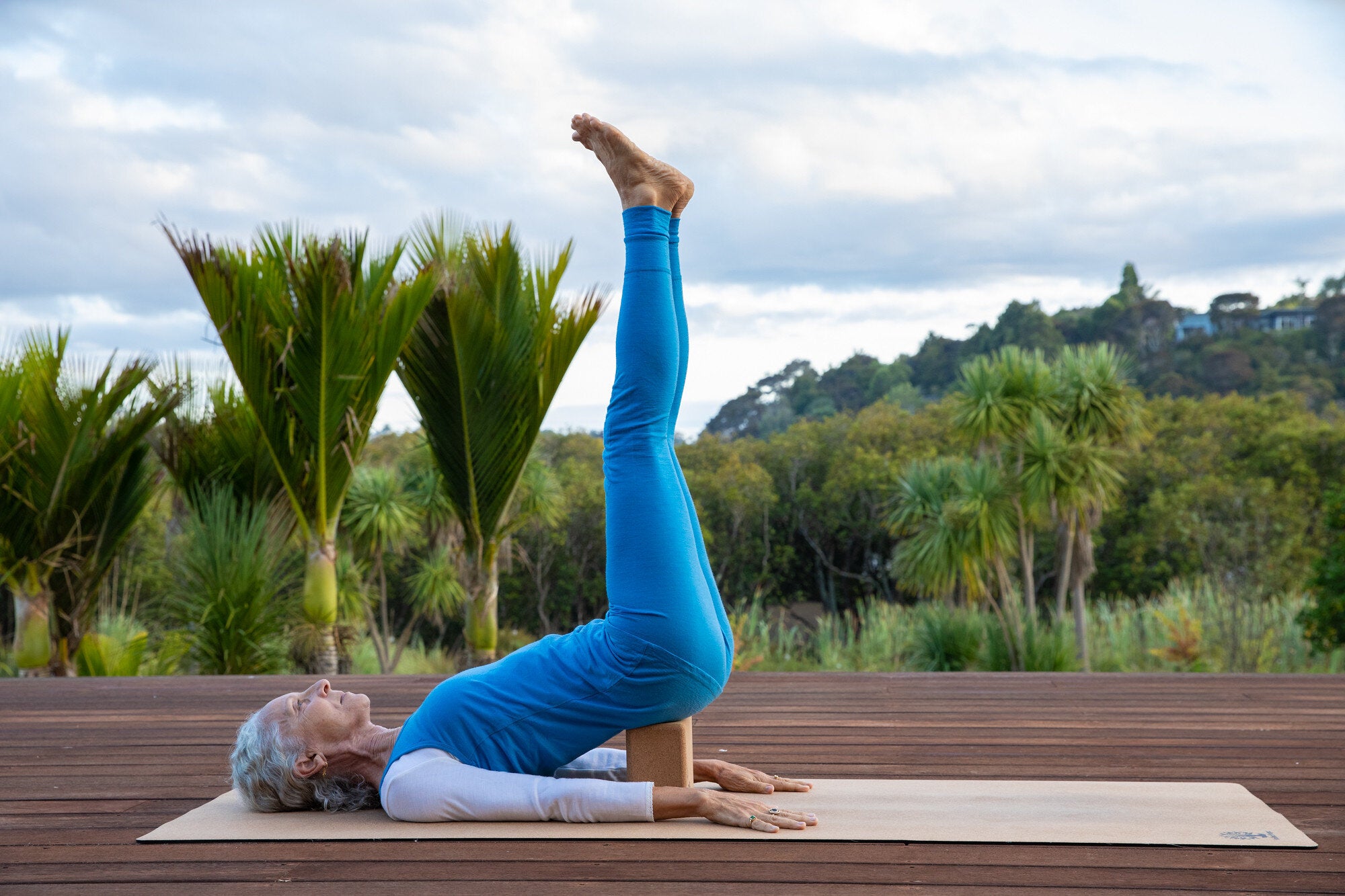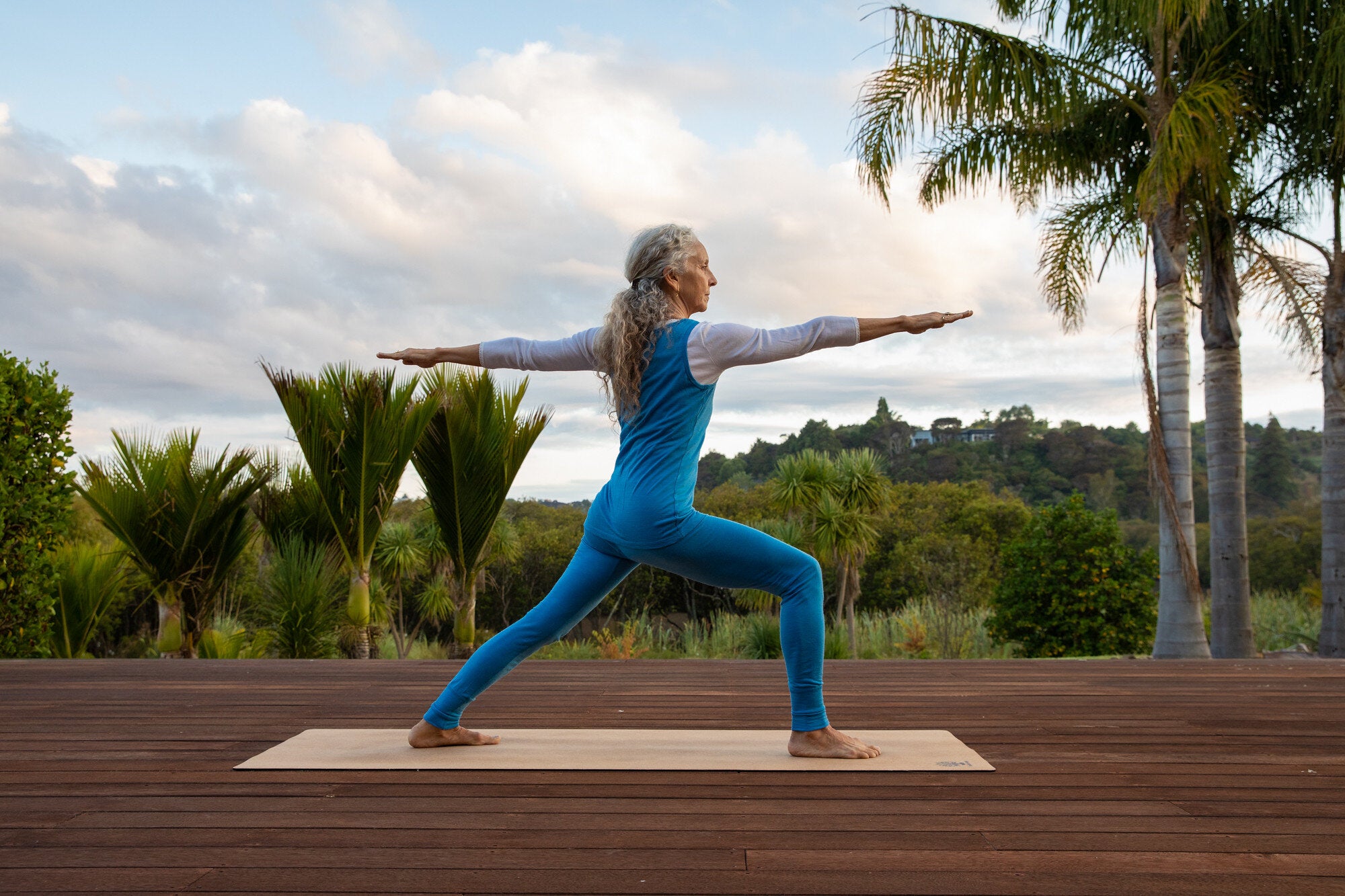
Yoga asana is a powerful form of exercise. When you practice in a sattvic, or balanced, manner, it works the muscles of the body, mind and spirit. Yoga asana awakens and lightens all parts of being, which is what makes it the perfect form of exercise for pitta dosha.
Pitta likes challenge, but when it is out of balance, this zest for life can turn to competition and pushing oneself beyond capable limits. Daily asana practice, a wonderful companion to a pitta-balancing diet and lifestyle, provides space to exercise pitta’s mental and physical strength in a harmonious way.
Daily Yoga for pitta dosha
If pitta is balanced, the challenge of holding a pose for 15 breaths will be enough to keep things interesting. But pay attention to when pitta gets too hot -- you may want to push beyond your body’s natural limitations or practice only the most flamboyant poses. Make time for a balanced practice made up of strengthening standing poses, challenging inversions and backbends, cooling twists and calming forward folds. And don’t neglect savasana. This will calm a busy mind and cool pitta after a strong practice.
No matter how long you practice asana, there is always a new place to go. Practice the poses within your body’s ability and let each day be a new experience. You’ll find the progression comes much faster when you do.

Pitta-calming Yoga asana sequence 1
Use this sequence when you have about 30 to 45 minutes. Hold each pose for 15 breaths unless otherwise specified.
-
Bidalasana (cat pose)
-
Three to six rounds of surya namaskar (sun salutations)
-
Virbhadrasana B (warrior 2)
-
Ardha chandrasana (half moon pose)
-
Salambha sarvangasana (supported shoulderstand)
-
Bakasana (crow pose)
-
Setu bandasana (bridge pose)
-
Urdhva danurasana (wheel pose)
-
Balasana (child’s pose) for three breaths
-
Baddha konasana (cobbler’s pose)
-
One to two variations of jathara parivartanasana (alligator twist)
-
Savasana (corpse pose) for seven to ten minutes
Pitta-calming Yoga asana sequence 2
Use this sequence when you have about 15 minutes. Hold each pose for 15 breaths unless otherwise specified.
-
Three rounds of surya namaskar (sun salutations)
-
Virbhadrasana B (warrior 2)
-
Garudasana (eagle pose)
-
Sirsasana (headstand) preparation
-
One to two rounds of salabasana (locust pose) variations
-
Balasana (child’s pose) for three breaths
-
Marichyasana C (sage pose)
-
Savasana (corpse pose) for five to seven minutes
